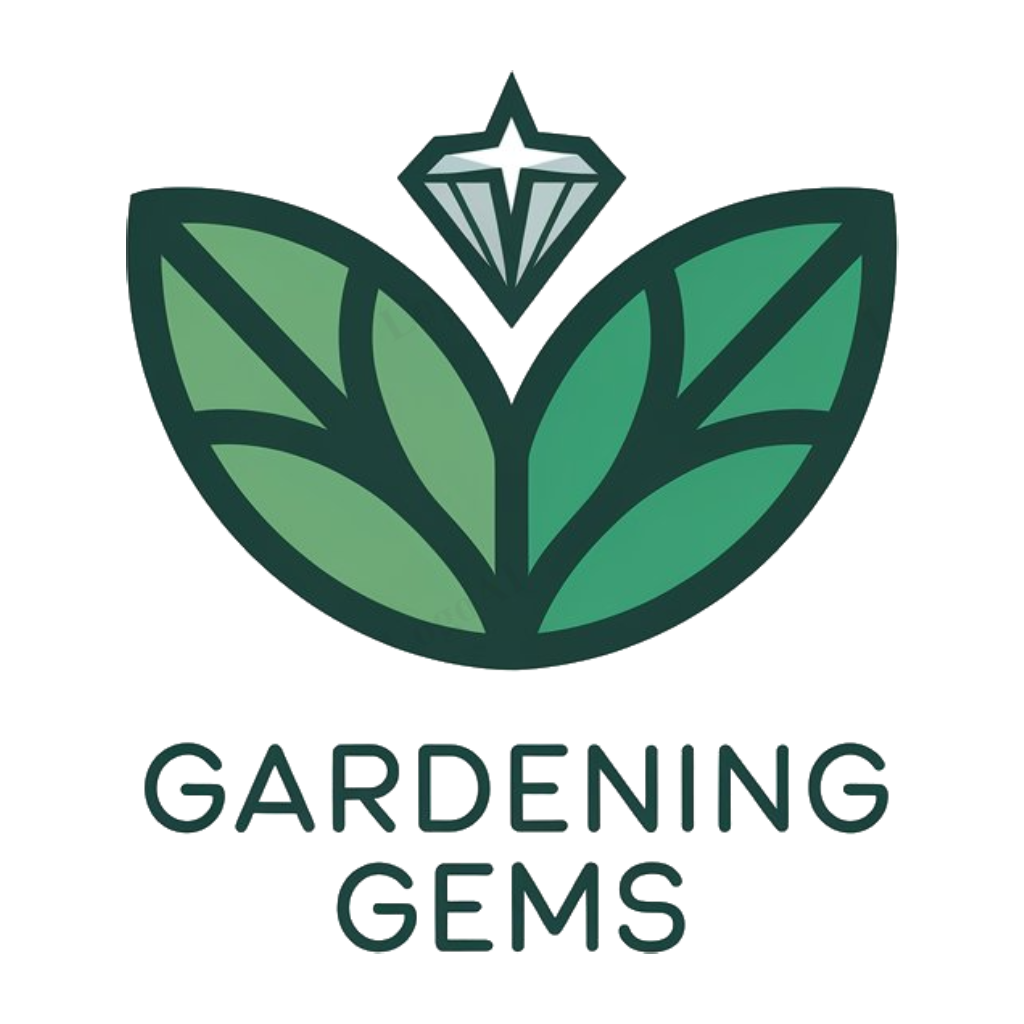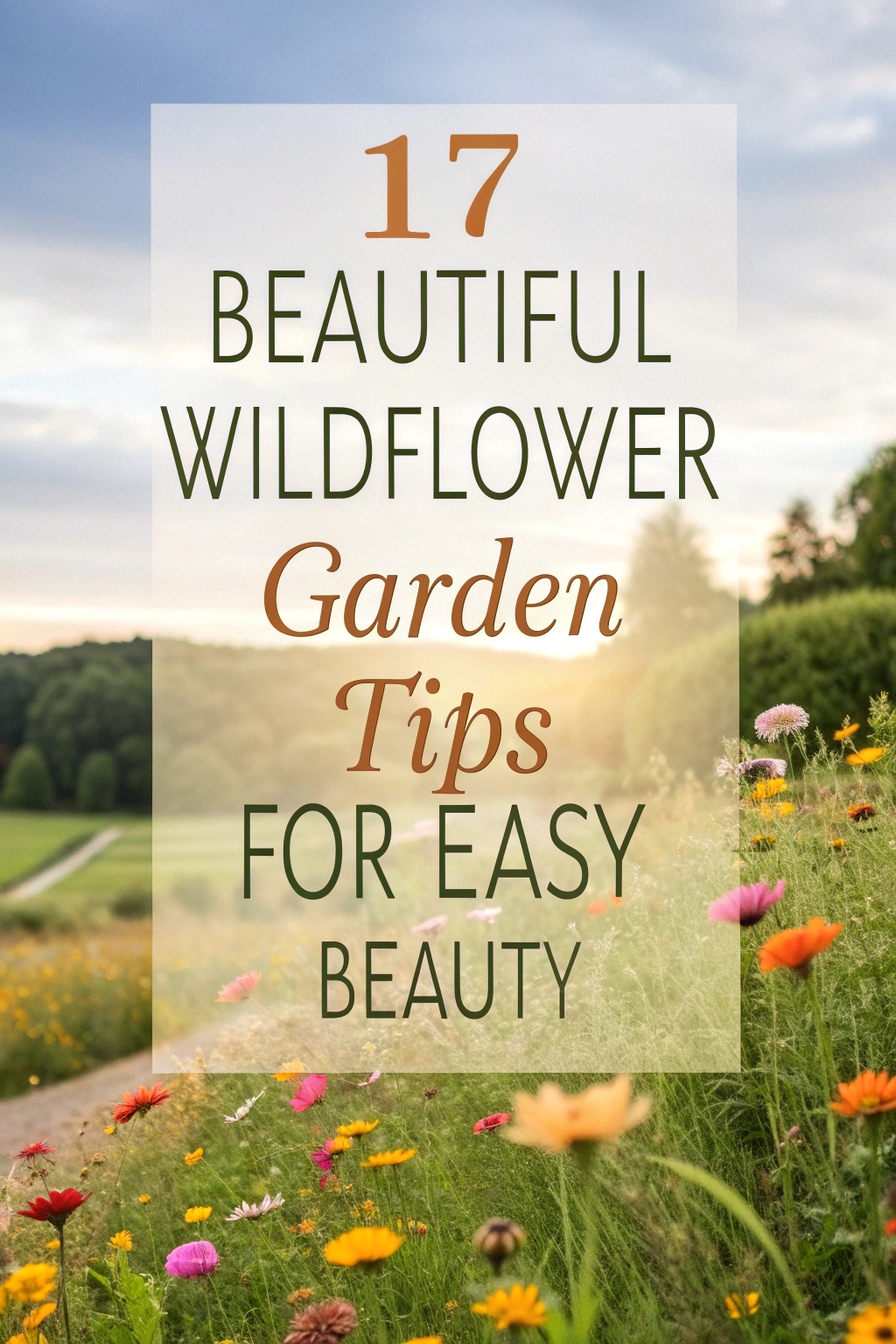While high-maintenance gardens demand constant upkeep, you’re opting for a serene wildflower oasis that is easy to care for. You’re choosing ease, and it starts with selecting native species that thrive naturally in your area. This way, you can enjoy the beauty of nature without spending too much time and effort.
By following some simple tips, you can create a stunning wildflower garden that attracts butterflies, bees, and other beautiful creatures.
Native wildflowers are perfect for this, as they are already adapted to your local climate and soil conditions. This makes them easy to grow and maintain, allowing you to relax and enjoy your serene wildflower oasis.
Choosing the Right Wildflowers

When choosing the right wildflowers, consider the climate, soil type, and amount of sunlight your garden receives. Select a mix of annuals and perennials to guarantee year-round bloom and attract various pollinators. Native wildflowers are ideal, as they are adapted to local conditions and require less maintenance, thriving in their natural environment.
Preparing the Soil
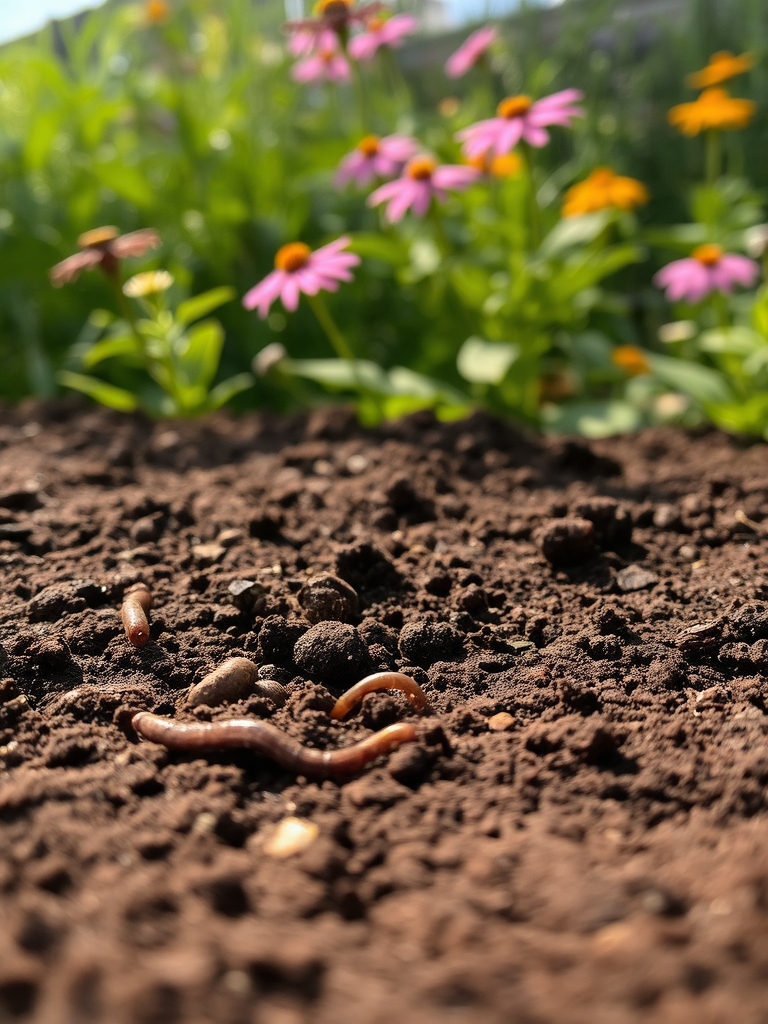
Preparing the soil is essential for a thriving wildflower garden. Test the pH level and amend the soil if necessary. Remove weeds and debris, then loosen the soil to a depth of 8-10 inches. Add organic matter like compost or well-rotted manure to improve fertility and drainage, creating a nutrient-rich foundation for your wildflowers to grow.
Selecting a Location

When selecting a location for your wildflower garden, consider an area with well-draining soil and full sun to partial shade. Choose a spot that receives at least four to six hours of direct sunlight a day. Avoid areas with standing water or where water tends to collect, as this can lead to root rot and poor growth.
Creating a Wildflower Meadow
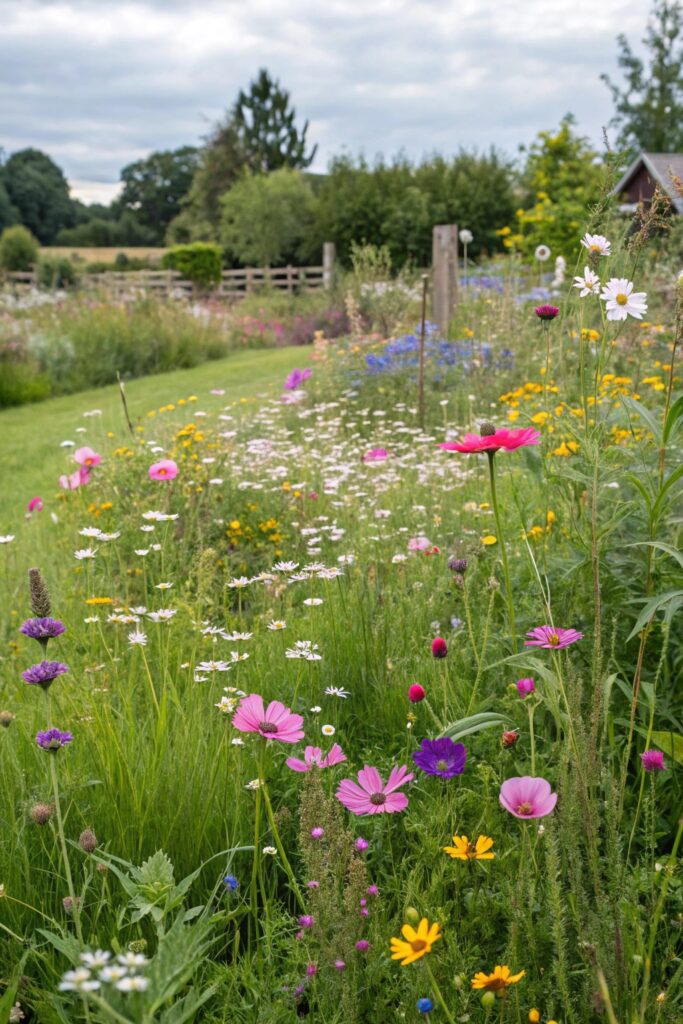
Creating a wildflower meadow requires careful planning and preparation. Choose a spot with full sun and well-draining soil, then select a mix of native wildflower species suitable for your climate. Prepare the soil by removing weeds and tilling, then sow seeds in the fall or early spring for ideal growth and blooming.
Planting Wildflower Seeds
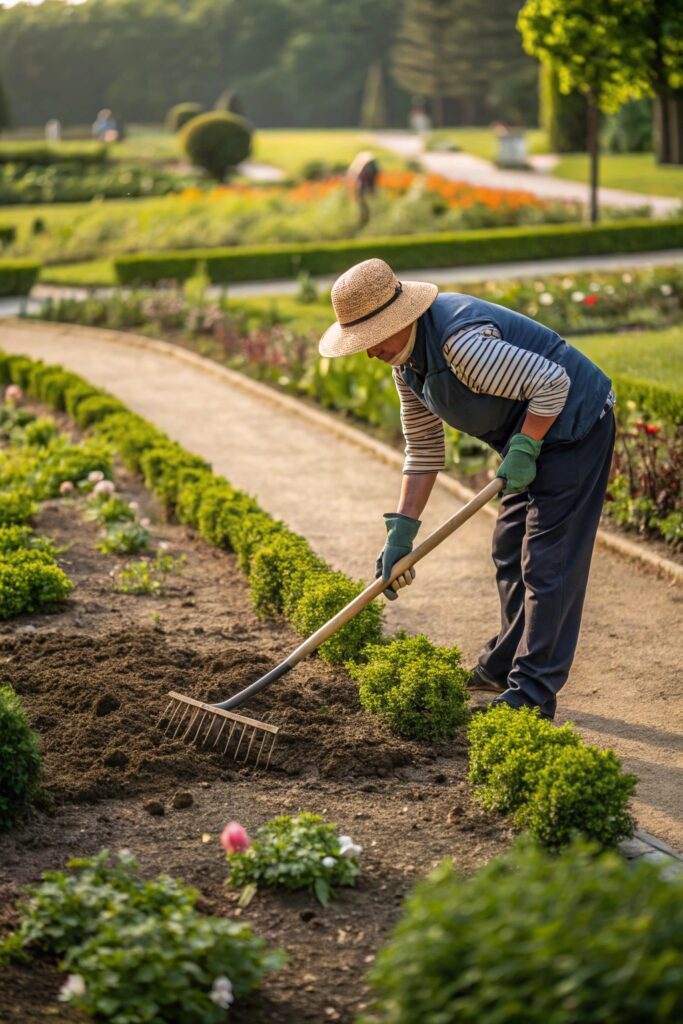
Planting wildflower seeds requires proper soil preparation and timing. Choose a spot with good drainage and full sun to partial shade. Sow seeds in the fall or early spring, scattering them evenly and raking them in lightly. Water gently and keep the soil consistently moist during the germination period, which can take 1-3 months.
Caring for Wildflowers
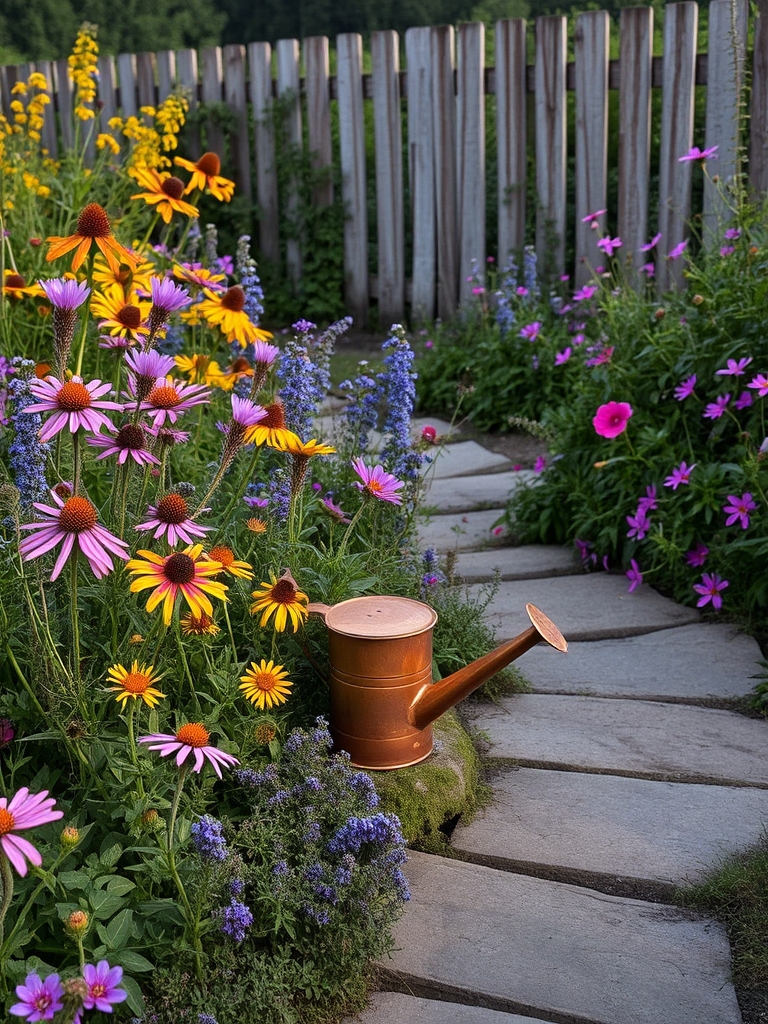
Caring for wildflowers requires minimal maintenance. Water them regularly, but avoid overwatering. Provide full sun to partial shade, depending on the species. Fertilize lightly, as wildflowers thrive in poor soil. Deadhead spent blooms to encourage new growth and prevent self-seeding. Divide and transplant every few years to maintain health and vigor, promoting a vibrant wildflower garden.
Maintaining a Wildflower Garden

Maintaining a wildflower garden requires minimal effort, allowing the plants to grow naturally. Regular watering and occasional mowing are necessary to promote healthy growth and prevent overgrowth. Removing weeds and adding organic matter also helps maintain soil quality, supporting the diverse array of wildflowers in the garden.
Attracting Pollinators

Attracting pollinators to a wildflower garden is vital for plant reproduction and ecosystem health. Incorporate flowers that provide nectar and pollen, such as coneflowers and black-eyed Susans, to attract bees, butterflies, and hummingbirds. Choose single-petaled flowers, which allow easy access to nectar, and plant a diverse range of blooms to attract various pollinator species.
Controlling Weeds
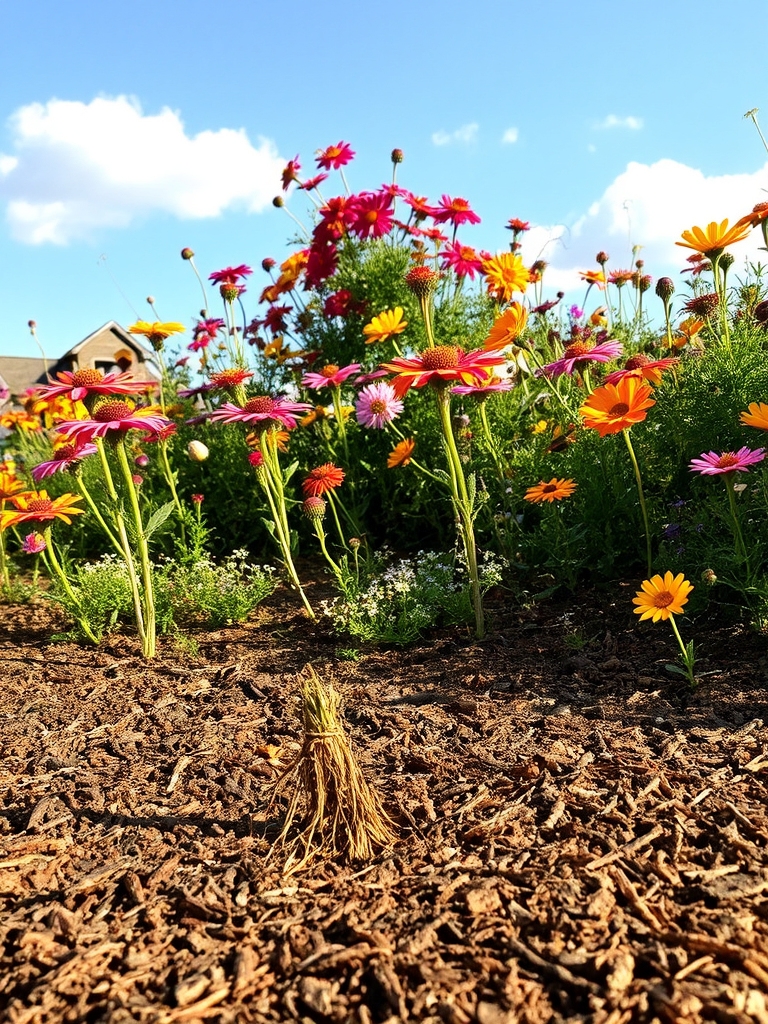
Controlling weeds is essential in a wildflower garden to prevent competition for water and nutrients. Regularly remove weeds by hand or with tools, taking care not to damage nearby wildflowers. Mulching and using groundcovers can also help suppress weed growth, allowing your wildflowers to thrive and bloom beautifully.
Watering Wildflowers

Watering wildflowers requires careful consideration. Overwatering can be detrimental, while underwatering can lead to poor growth. Aim for about 1-2 inches of water per week, either from rainfall or irrigation. Allow soil to dry slightly between waterings to promote healthy root development and prevent disease.
Adding Mulch and Compost
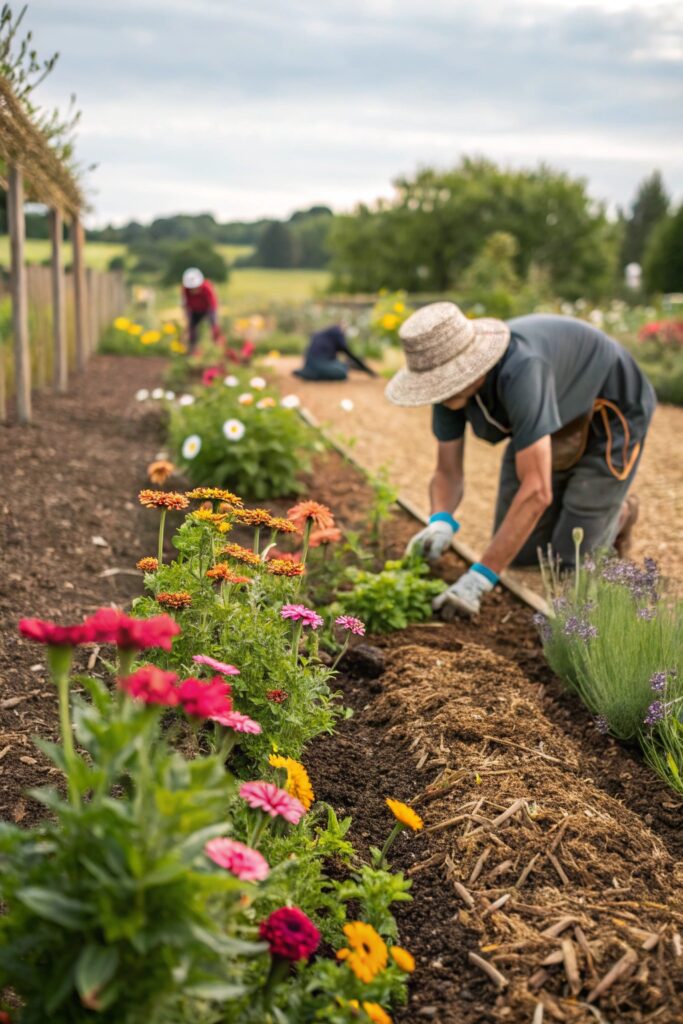
Adding mulch and compost to your wildflower garden retains moisture, suppresses weeds, and regulates soil temperature. Organic mulch like wood chips or straw breaks down over time, enriching the soil with nutrients. Compost adds essential micronutrients, promoting healthy plant growth and vibrant blooms. Apply a 2-3 inch layer of mulch and mix in compost for ideal results.
Creating a Diverse Wildflower Garden

To create a diverse wildflower garden, choose a variety of native flowers that bloom at different times. This guarantees a constant display of colors and attracts various pollinators. Consider factors like soil type, sunlight, and moisture levels when selecting wildflowers to guarantee a thriving and diverse garden ecosystem.
Using Native Wildflowers

Using native wildflowers in your garden supports local pollinators and requires less maintenance. Choose species that thrive in your region’s climate and soil type. This approach also preserves biodiversity and creates a unique, authentic landscape that showcases the natural beauty of your area, attracting native bees, butterflies, and birds to your wildflower garden.
Designing a Wildflower Border
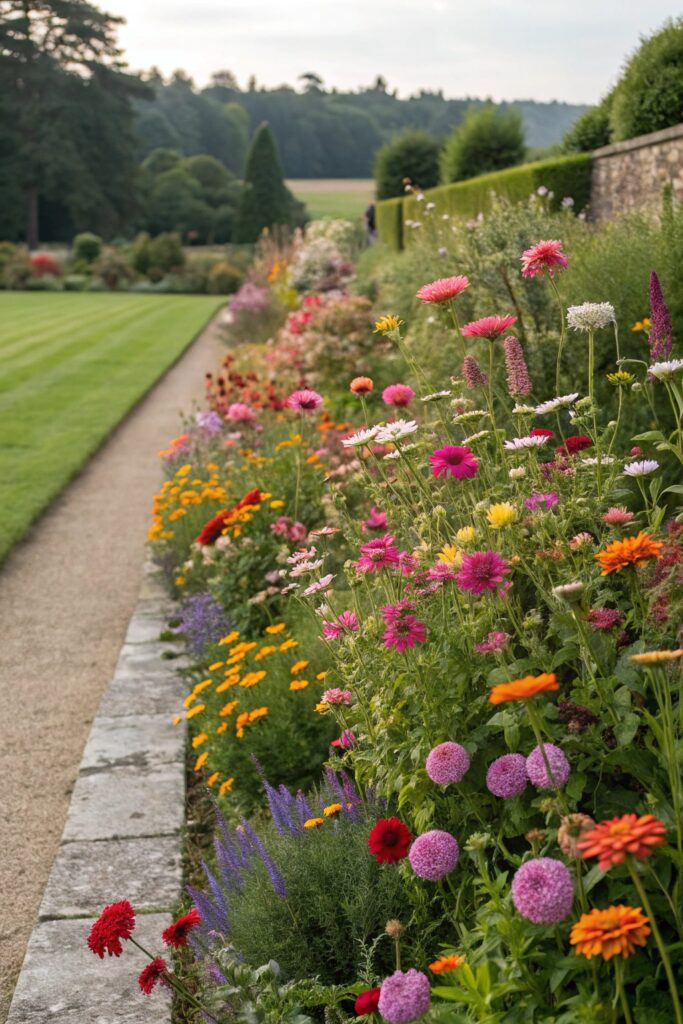
When designing a wildflower border, consider the mature size of each plant and leave enough space for proper growth. Choose a mix of annuals and perennials to guarantee continuous bloom throughout the growing season. Select wildflowers that thrive in your local climate and soil type for a vibrant and low-maintenance display.
Incorporating Wildflowers Into Landscaping

Incorporating wildflowers into landscaping adds beauty and biodiversity to outdoor spaces. Mixing wildflowers with native plants and grasses creates a vibrant, low-maintenance landscape. Choose wildflowers that thrive in the local climate and soil type to guarantee a thriving and attractive garden that attracts pollinators and wildlife. This approach promotes ecological balance and visual interest.
Managing Pests and Diseases

To manage pests and diseases in a wildflower garden, use organic methods like introducing beneficial insects and practicing good hygiene. Remove weeds and infected plants to prevent the spread of disease. Avoid using chemical pesticides, which can harm beneficial insects and pollinators, and instead opt for natural pest control methods.
Deadheading and Pruning

Deadheading and pruning encourage healthy growth and blooming in wildflower gardens. Removing spent flowers, or deadheading, promotes new blooms and prevents seed production. Pruning, meanwhile, shapes plants and maintains their appearance, often stimulating fresh growth and preventing overgrowth, allowing your wildflowers to thrive and maintain a lush, vibrant display throughout the growing season.
Conclusion
You’re the master gardener, nurturing a tapestry of life, where wildflowers bloom like vibrant threads. By following these tips, you’ll weave a resilient garden, rich in biodiversity, where pollinators dance and beauty flourishes. Your wildflower meadow will become a masterpiece, a symphony of colors, ever-changing, yet forever thriving, an endorsement to your green thumb‘s gentle touch.
